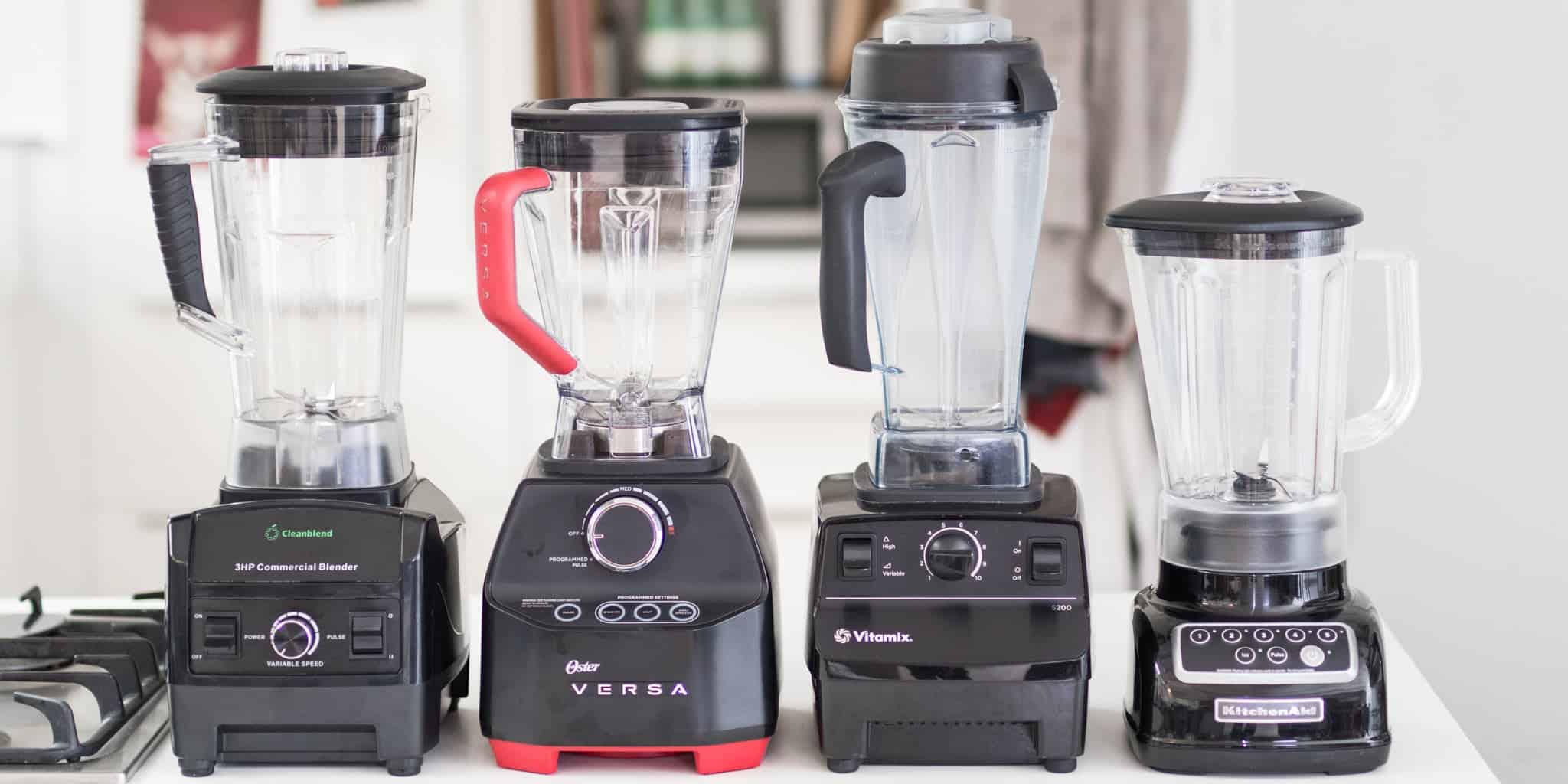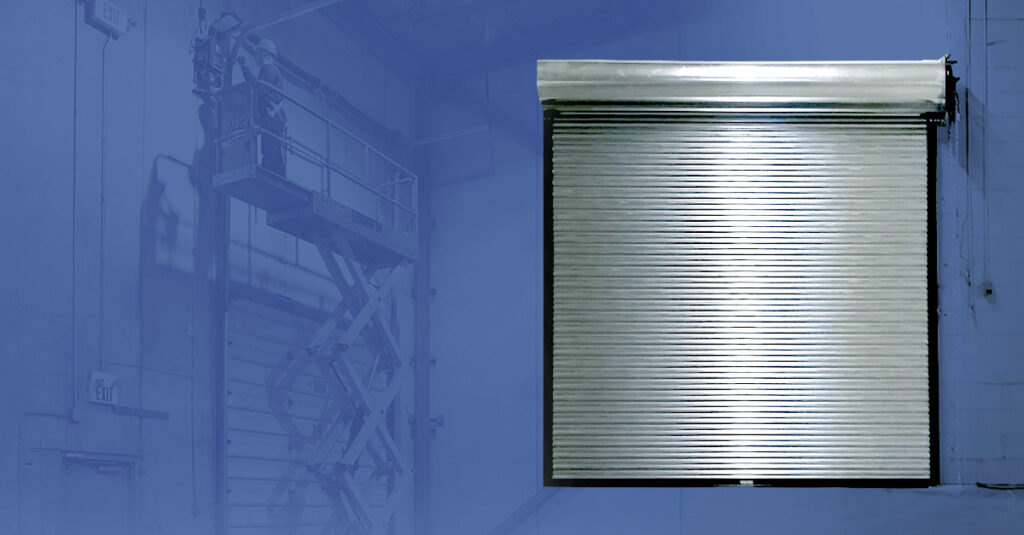Ever since the beginning of the Industrial Age people have devised different ways of blending or mixing materials to create something new. As the time past, this process changed from people manually doing the blending to machines doing so. Whether it is chemicals to create compounds or ingredients to make foods, large industrial blenders have become essential in manufacturing processes.
Ribbons Are Passe
The most common types of industrial blenders used in America are ribbons style blenders. You’ve probably seen them in use at large scale bakeries mixing ingredients. While these types of industrial blenders have worked well in the past they do have some downsides. Recently a new type of blender is becoming more popular, it is the fluidizer type of blender.
Meet The New Kid On The Block
This blender has more blades that are set in different directions and thus create a countercurrent flow when in use. As the blades are shorter and with the various angles they are able to do the same amount of blending as a ribbon blender at higher speeds without causing additional heat while blending time is decreased. Another common type of blender is a paddle-type blender. The fluidizer is able to outperform this type of blender as well since it is equipped with a variable frequency drive which allows for a much gentler blending action.
The design of the blades encourages the materials being blended to be lifted and separated quickly allowing the material to move in at least three different directions and this movement allows for more airflow to occur and cool the materials. A process that does not require any additional gas or additives and allowing for the chamber to be hermetically sealed and the materials inside to remain sanitary during the blending.
With this new type of blender becoming more popular in America, we are again advancing the capabilities of the industrial complex. This new design modification shows that regardless of time, people can still invent and improve upon the processes that began with the dawn of the Industrial Age.





